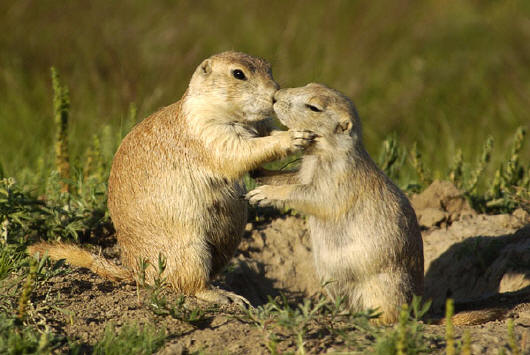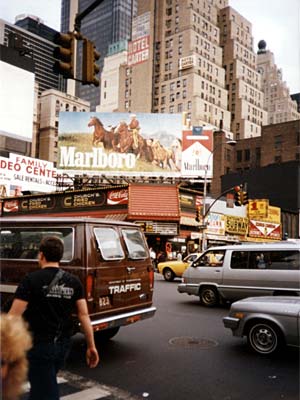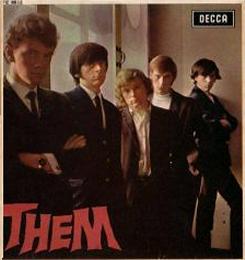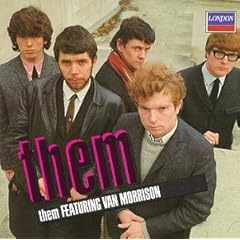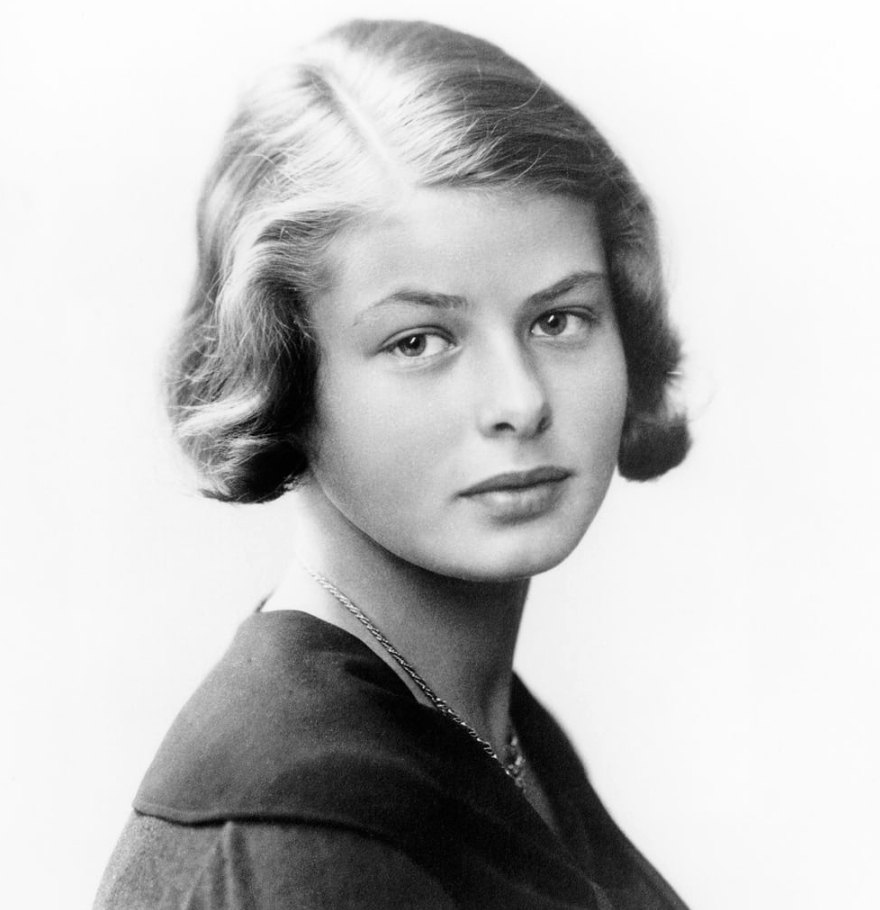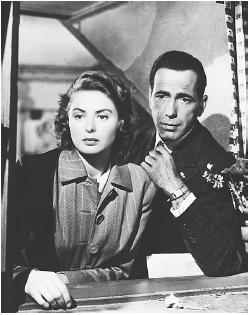"It is wonderful what a different view we take of the same event four-and-twenty hours after if has happened." - Sydney Smith (1771 - 1845)
Two stories in the news today piqued my interest only because they are founded on the immaculate vision of hindsight.
In one story we revisit the shooting rampage at Virginia Tech back in April. Again we're talking about security issues with campus police and what went wrong there; did the guidance counselors at VT offer enough, well, guidance to the nut that went wild and shot 30 people. So-and-so has found that signs of
Cho's mental illness had not been properly handled by campus officials and so on. Basically, a game of who's to blame?
Everyone wants to blame someone. There is a need for blame. No one can accept the unknown. There is a universal need for a scapegoat. You can apply this theory to just about anything.
In another story, I guess
last night there was a town hall meeting to discuss the
Deutsche Bank fire. Naturally, everyone there is pointing fingers at everyone else. The Mayor blames the three senior fire officials, said to somehow be responsible for lapses at the former
Deutsche Bank tower, who were reassigned. So now the reassigned fire officials are blaming the construction workers. The construction workers (from the John
Galt Corporation) are blaming the Fire Department. They've got the contractor there,
Bovis Lend Lease, the second largest construction management company in the business. Now they're bringing up some problems it has had at other work sites, from the
Bloomberg HQ to the Ulster County jail and so on...
And at the town hall meeting, you had all these residents of Lower Manhattan yelling and screaming that they, of course,
knew the tower was in danger and it was a death trap, and they just
knew something like this would happen and now they are, of course,
outraged; a familiar song and dance.
I guess it's hard not to sound callous when there is death involved; firefighters Robert
Beddia and Joseph
Graffagnino at
Deutsche Bank and the 30 students and staff killed in the VT massacre... obviously people want answers and I suppose its easy for me to say... so, then why not say it anyway?
Most humans have a tendency to be unable to just accept things; although its a selective tendency.
The President sucks, the world is in complete upheaval but I'll still get up and go to work tomorrow morning and think nothing of it. That's when I am ignoring "it" and just accepting "it."
But once I have that powerful hindsight in my hand, that's when I get outraged.
Once it's all passed us by and the details are there for us to scour, suddenly we're appalled and we just
knew it was gonna happen and we
coulda told you something like this would happen, etc.
Why are we able to Why do we simply accept some things but others we refuse?
When the dust settles, 99.9% of us are creatures of habit and convenience. We accept what we don't understand until there's enough information to go back and take it apart; suddenly then we are an authority on the subject.
People at Virginia Tech knew
Seung-Hui
Cho was gonna wake up one day and shoot 30 people? When campus police came upon the bodies of two students shot to death in the dorm, they knew this wasn't an isolated incident? They knew a massive shooting was about to go down? People in or around Lower Manhattan knew that
Deutsche Bank building was destined for tragedy? The same building that's been sitting there, in that same state of
purgtaory, since September 12
th, 2001?
No. You did not. In fact, you had
no fucking idea. You are abusing hindsight, now, AFTER THE FACT to jump onto the famous
dogpile of outrage.
With the power of hindsight we know everything.
The only lapse in my theory I've found is when we speak of the dead or the condemned. Just once I'd like to hear a neighbour talking about the guy down the street who was just caught building atom bombs in his garage say "Yeah, you know, that guy
was a fucking freak" instead of the traditional party line "I had no idea. He was very nice and quiet and kept to himself. He even gave the kids candy on Halloween".
Just once I'd like to hear to someone be honest and say "Yeah, you know, that John had it coming. He was a real asshole his whole life so it serves him right he got hit by a bus."
Read More





